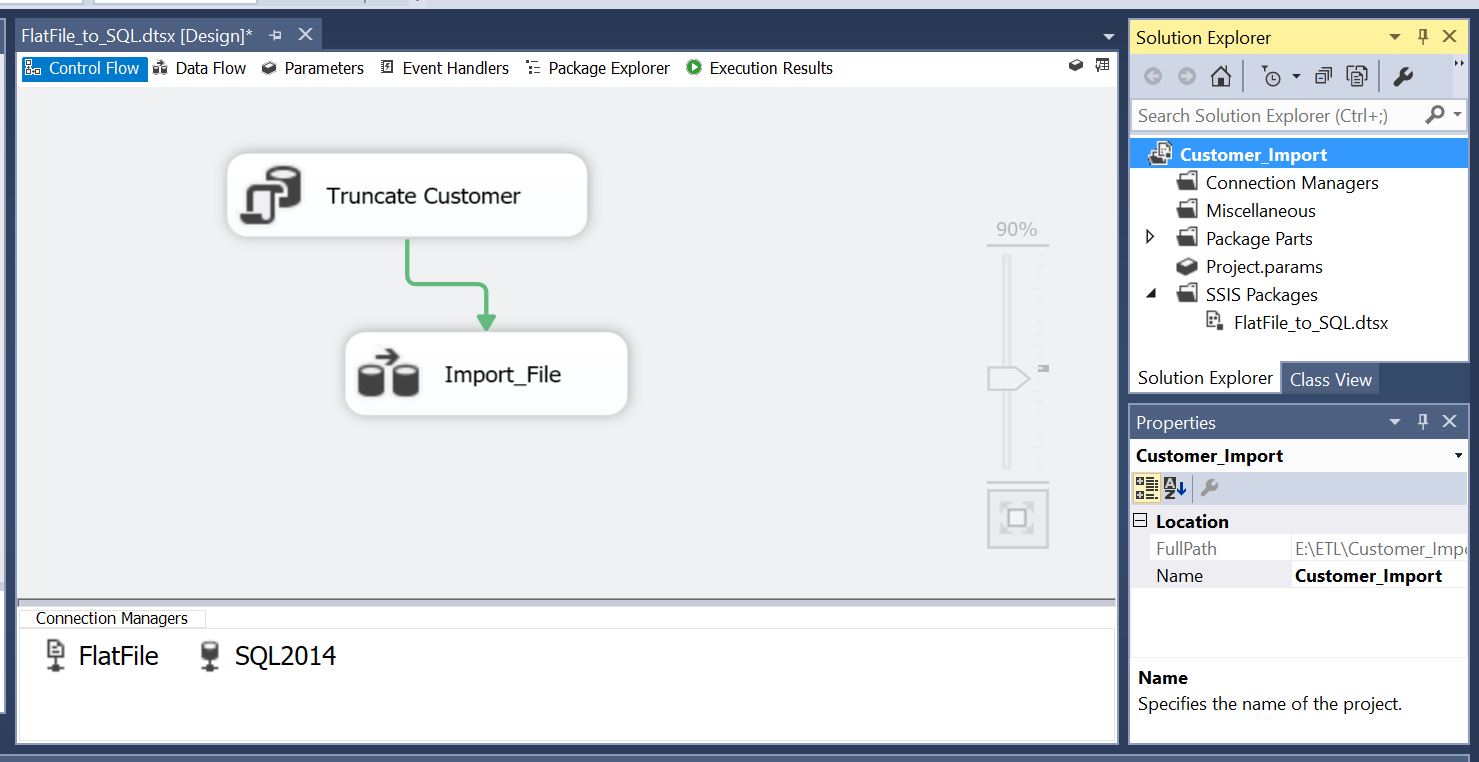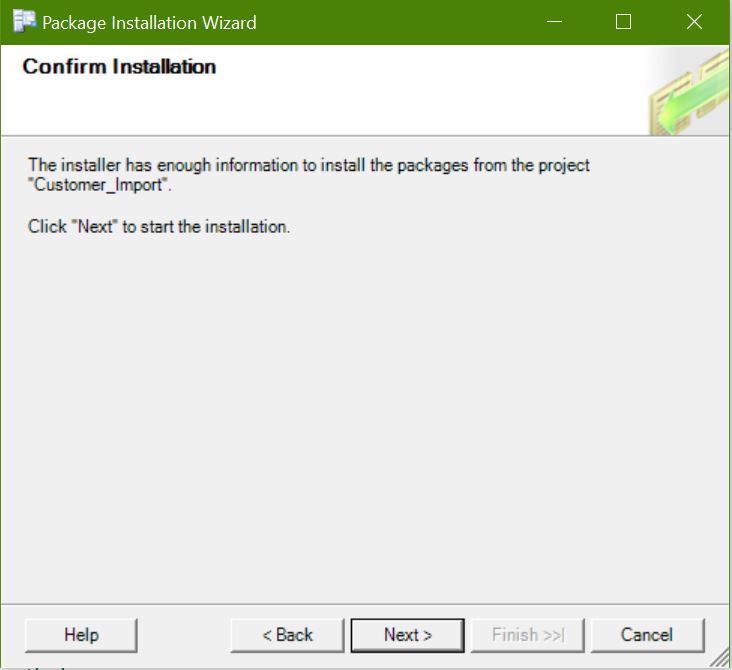


Minimum number of seconds for which a newly created pod should be ready Specification of the desired behavior of the Deployment.ĭeploymentSpec is the specification of the desired behavior of the $ kubectl explain deployment.spec | more KIND: Deployment here To view the fields you can add to the spec: section you can append the “.spec” string to the resource type passed to explain: You will define the container image to use, the number of replicas in a ReplicaSet, the selector criteria, liveness and readiness probe definitions, etc.
#Deployit manifest how to
The spec: section! This section describes how to create and manage a resource. Now that we’ve covered the first 3 fields let’s dig into what makes a manifest ticket. TheyĪre not queryable and should be preserved when modifying objects. May be set by external tools to store and retrieve arbitrary metadata. ObjectMeta is metadata that all persisted resources must have, whichĪnnotations is an unstructured key value map stored with a resource that $ kubectl explain tadata | more KIND: Deployment To view the fields you can add to the metadata: section you can append the “.metadata” string to the resource type passed to “explain”: This is were you name the resource, assign tags, annotations, specify a namespace, etc. The metadata: section is used to uniquely identify the resource inside a Kubernetes cluster. Nifty! Now that we’ve covered the first two fields we can move on to metadata: and spec. This will give you a detailed explanation of the resource passed as an argument as well as the fields you can populate. ReplicaSet ensures that a specified number of pod replicas are running at $ kubectl explain -api-version=apps/v1 replicaset KIND: ReplicaSet To understand the purpose of each resource type you can use the kubectl “explain” command:


This information can be used to fill in the apiVersion: and kind: fields. With the “api-versions” and “api-resources” commands we can find out the available resources (KIND column), the API group (APIGROUP column) the resource type is associated with, and the API group versions (output from api-versions). $ kubectl api-resources |more NAME SHORTNAMES APIGROUP NAMESPACED KIND You can use the kubectl “api-resources” command to view the available resource types as well as the API group they are associated with: are examples of resources you can create. Deployments, ReplicaSets, CronJobs, StatefulSet, etc. The second line, “kind:", lists the type of resource you want to create. To list the available API groups and their versions you can run kubectl with the “api-versions” option: If we dissect the apiVersion line “apps” would be the API group and v1 would be the version of the apps API to use. Kubernetes APIs are aggregated into API groups which allows the API server to group APIs by purpose. The apiVersion: field specifies the API group you want to use to create the resource and the version of the API to use. When you define a resource in a manifest it will contain the following four fields: apiVersion: apps/v1 I will describe how to learn more about each resource type later in this post. A Kubernetes manifest describes the resources (e.g., Deployments, Services, Pods, etc.) you want to create, and how you want those resources to run inside a cluster. To assist folks who are just entering the K8S space I thought I would document the process I use to approach the “how do I create a manifest from scratch?” question. I couldn’t find a comprehensive guide showing how to create resources from scratch, and the information needed to become proficient with this process was scattered across various sites. Learning how to generate manifests from scratch baffled me when I was first getting started with Kubernetes. As a long time Kubernetes user the question I hear most often is “how do I create manifests (the file that describes how to create and manage resources in a cluster)?” When I ask the person posing the question how they are creating resources today, I frequently hear that they cobbled together a bunch of random manifests they found on the ‘net or are using $(kubectl apply -f based on a website suggestion.


 0 kommentar(er)
0 kommentar(er)
